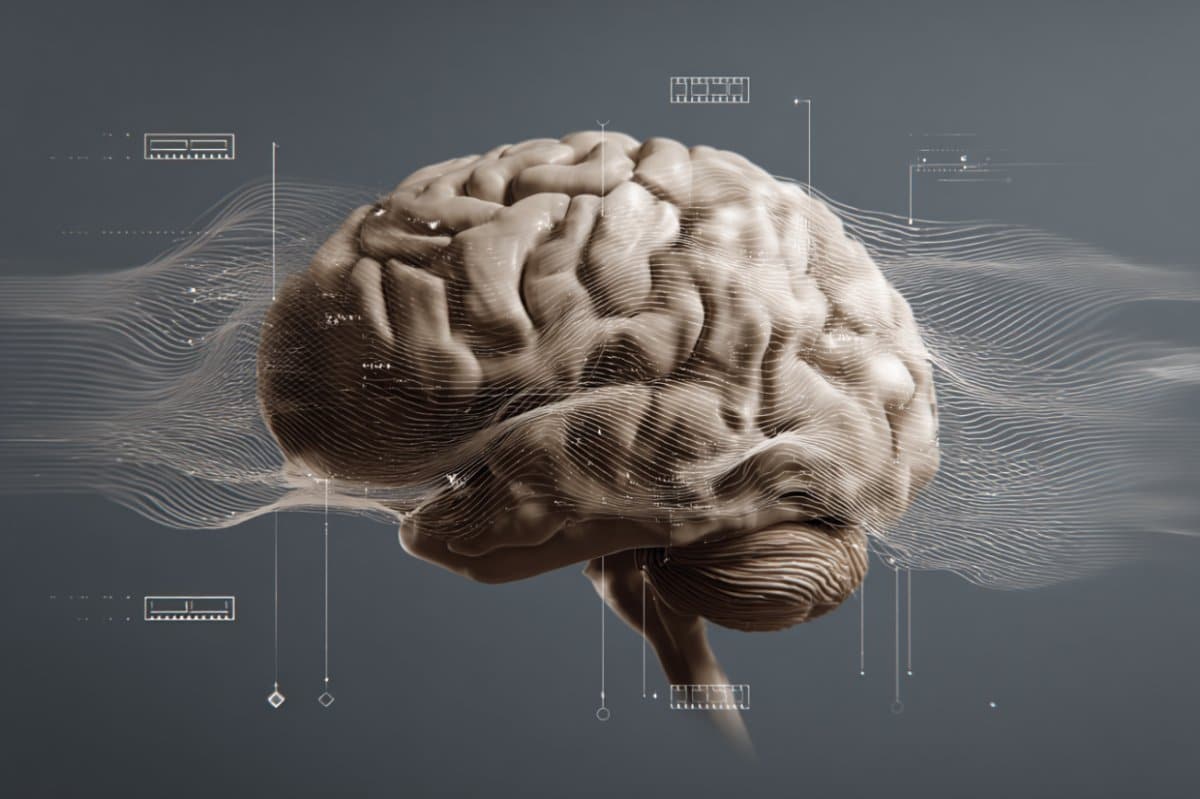T4K3.news
Columbia University unveils groundbreaking robots
Researchers have developed robots capable of evolving and self-repairing for various applications.

Columbia University researchers have developed robots capable of self-repair and adaptation, changing the future of robotics.
Robots With Self-Sustaining Mechanisms Could Transform Technology
Researchers at Columbia University have unveiled a groundbreaking design for robots that can "eat" each other to survive and evolve. These machines, equipped with a concept termed "robotic metabolism," can replace exhausted components with charged ones, ensuring continuous function even during malfunctions. This approach challenges traditional views of complex robot design, favoring minimalist, modular units called Truss Links that connect to form bigger structures. The implications of these self-repairing robots extend to both space exploration and harsh environments on Earth, where human intervention may be limited.
Key Takeaways
"These robots can replace exhausted components with charged ones."
This illustrates the innovative self-sustaining mechanism of the robots.
"The minimalist design suggests a future where machines may operate without human oversight."
This raises both exciting possibilities and ethical questions about technological dependency.
"These robots could help us explore places that were previously inaccessible."
This highlights the practical implications of robots in extreme environments.
The introduction of robots that can autonomously repair and grow marks a significant shift in robotics. This minimalist design, which mirrors natural processes, suggests a future where machines may take over complex tasks without relying on human oversight. While exciting, this raises ethical questions about dependency on technology and potential risks represented by autonomous systems. As we step into this new age of robotics, insights into their design and functionality will be crucial in determining their societal impact.
Highlights
- Imagine robots capable of building habitats on Mars.
- These robots replace dead parts and grow as needed.
- Robotics are evolving, leaving humans behind in time.
- What if autonomous machines explored the universe for us?
Concerns of Autonomy in Robotics
The development of self-sustaining robots raises ethical concerns about reliance on autonomous systems, especially in critical missions.
As robotics evolve, careful consideration of their design and deployment will shape the future of technology.
Enjoyed this? Let your friends know!
Related News

Study Reveals Microplastics in Bottled Water

Breakthrough research shines light on ALS prevention

Scientists Discover Ancient Landscape in Antarctica

Arsenic life study retracted by major journal

Trump freezes $200 million in UCLA funding over antisemitism claims

Great Attractor Pulls Milky Way and Other Galaxies

Astronomers confirm ancient galaxy supports Big Bang theory

Researchers uncover new mechanisms of memory structure
